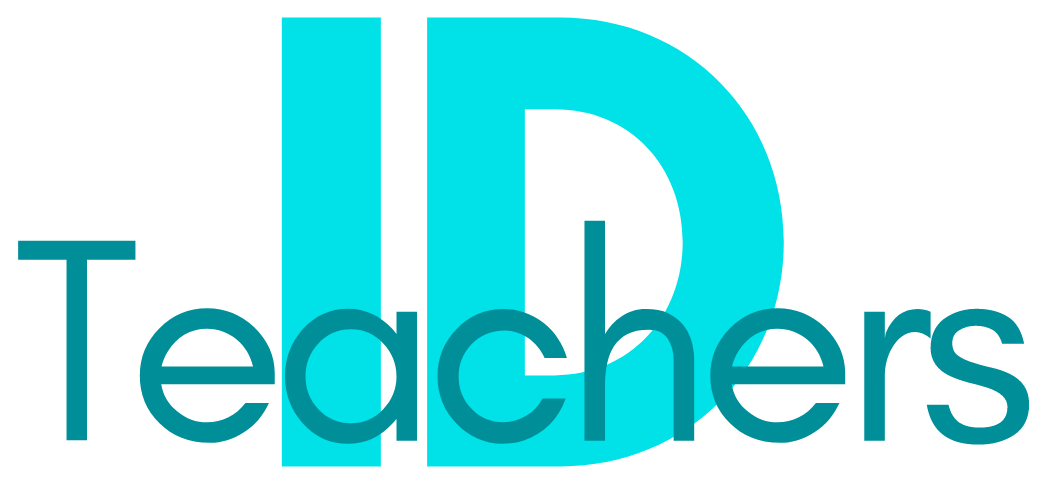The aim of this online course is to equip VET practitioners with a deep understanding of Learner-Centered Instructional Design principles. The course provides practical tools and strategies for creating personalized, interactive learning experiences that foster learner autonomy, engagement, and continuous development, both in formal education and beyond. Participants will learn to integrate technology, feedback, and reflective practices to support lifelong learning.
Main ideas
- Understand the key concepts of Learner-Centered Instructional Design, how it differs from traditional models, and its importance in modern education.
- Learn how to identify the diverse needs of learners, including their motivations, challenges, and preferred learning styles.
- Discover practical strategies for empowering learners by fostering autonomy and promoting self-directed learning.
- Learn how to create engaging, interactive content that encourages active learning and participation.
- Understand how to provide effective feedback and use assessments to promote continuous learner growth.
- Learn how to integrate technology tools into Learner-Centered Instructional Design to enhance engagement, accessibility, and interaction.
- Understand the importance of lifelong learning in Learner-Centered Instructional Design and how to encourage learners to continue developing skills beyond formal education.
- Explore the role of reflective practices in Learner-Centered Instructional Design and how to encourage self-reflection for continuous improvement.
- Learn how to support learners as they transition from formal education to independent, self-directed learning environments.
Course Features
- Lectures 11
- Quizzes 3
- Duration 10 weeks
- Skill level All levels
- Language English
- Students 6
- Certificate No
- Assessments Yes
Curriculum
- 4 Sections
- 11 Lessons
- 10 Weeks
- Section A: Fundamentals of Learner-Centered Instructional Design4
- Section B: Practical Application of Learner-Centered Instructional Design4
- Section C title: Supporting Continuous Learning in Learner-Centered Instructional Design4
- Section “To learn out more”2







